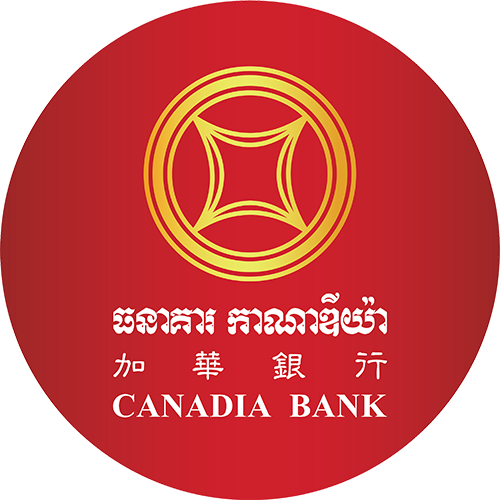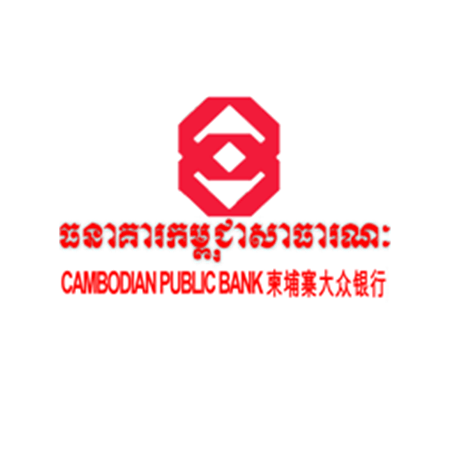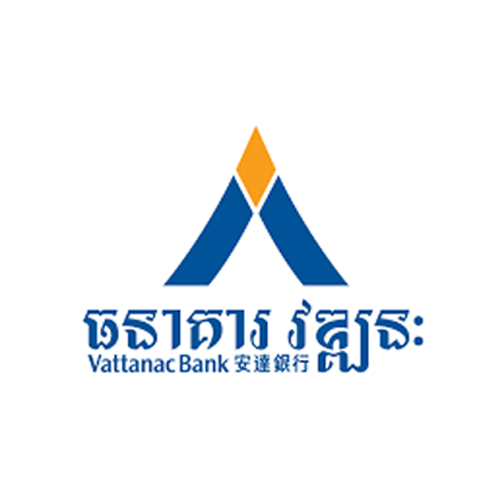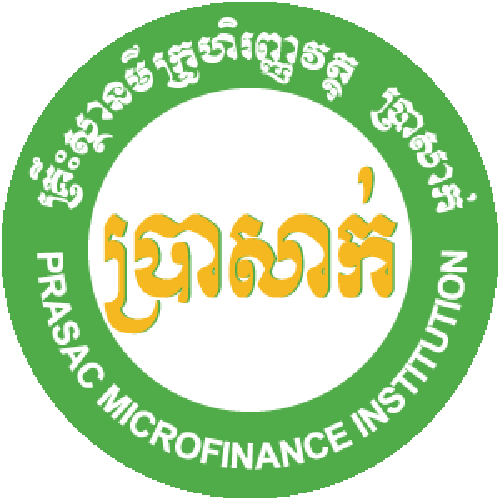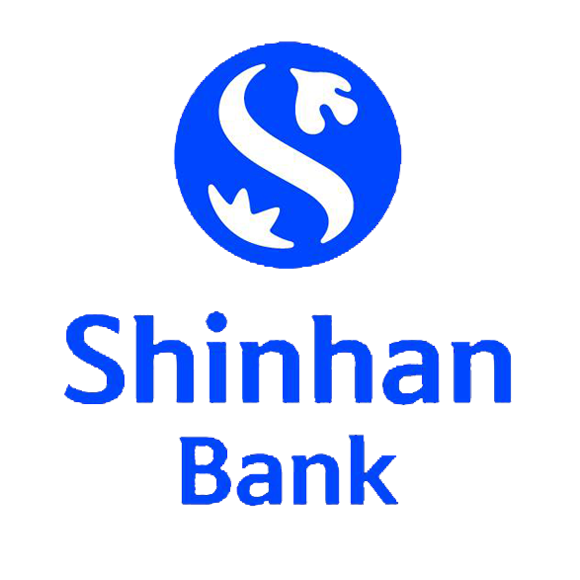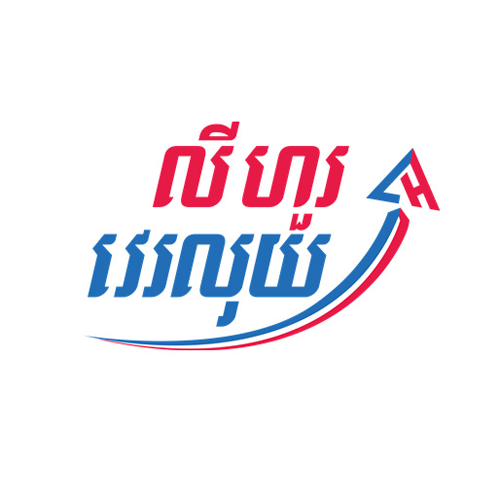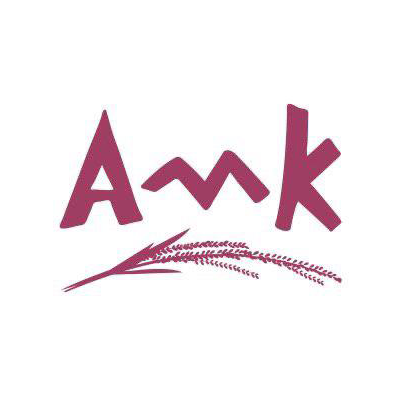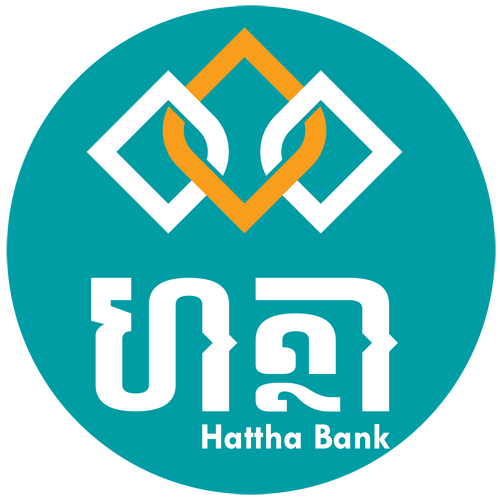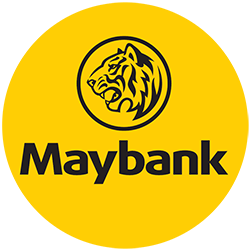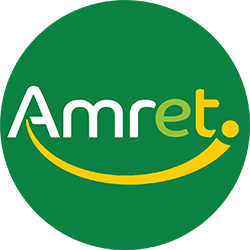An encouraging model suggests urban Asia’s water problems could be easily fixed

PIGS rootle fastidiously through the foothills of the mountain of rubbish dumped at Tuol Sen Chey on the outskirts of Phnom Penh, Cambodia's capital. A few metres away, cross-legged amid the clouds of flies and shaded from a fierce sun by a broad-brimmed hat, Tim Chan Tha is sifting and flattening used plastic bags for recycling. A widow with three children, she earns about 6,000 riels ($1.50) a day for this. She lives nearby down muddy dirt roads, in a cluster of ramshackle huts of corrugated iron, salvaged wood and tarpaulins. Ms Tha's life seems as miserable an example of urban poverty as could be found anywhere.
In one respect, however, she is lucky. Her home has a constant supply of running water, drinkable straight from the standpipe outside. Perhaps just as remarkably, she pays for it. The provider is a government-owned utility, the Phnom Penh Water Supply Authority (PPWSA), which actually makes a profit and pays tax. For its many fans in the world of development experts, its achievement in doing this while serving the very poor makes it a model—proof that all that stands between poor people and a decent water supply is mismanagement.
This is a salutary message. Perhaps two-fifths of the people in Asia's cities do not have access to piped water. Many of the rest suffer from intermittent supply and unsafe water. And, globally, the provision of water to cities is not keeping pace with urbanisation. In a message for "World Water Day" on March 22nd the United Nations' secretary-general, Ban Ki-moon, claimed that in the past decade the number of city-dwellers without a water tap in their home or immediate vicinity has risen by 114m.
- Related topics
- Cambodia
- Phnom Penh
- Asia
- United Nations
- Water
The isolated, cash-strapped Vietnamese-backed regime that replaced it in 1979 patched up the system. But by 1993, when a new government took office after a peace agreement and UN-supervised elections, PPWSA was producing 65,000 cubic metres of water a day, with connections to just one-fifth of city residents. Of this 72% was "non-revenue water"—given away, or lost to leakage and theft. Chea Visoth of the PPWSA recalls carrying water up to his flat from a roadside tank filled by a pipe illegally tapping the public system.
The government appointed a new boss to PPWSA, Ek Sonn Chan, who remains in charge. It now produces 300,000 cubic metres a day, has 200,000 connections and non-revenue water of less than 6%. It is financing its latest water-treatment plant through commercial borrowing, and will be one of the first companies listed on a planned new stock exchange. To achieve all this Mr Chan solved problems that dog water-suppliers across Asia. One, the physical infrastructure, was relatively easy with the help of aid agencies and development banks. Another, identifying who was using water and putting in meters to measure their consumption, was painstakingly time-consuming.
Harder still, though, was to improve the quality of the staff (in his words, "underqualified, underpaid, unmotivated and mostly inefficient"). As in public utilities in many countries, PPWSA employed too many of them—some 20 per 1,000 connections compared with about three per 1,000 now. Many were corrupt, either pocketing water tariffs or taking bribes for not charging them. When Mr Chan tried to sack one egregious wrongdoer, his well-placed relation in the municipal government objected. Mr Chan made it a resigning issue and got his way (his victim, however, says Mr Visoth, landed on his feet and now works at the electricity utility.) Nor was it easy to persuade the government and army to pay up. One senior officer's response to a water bill was to point a gun at Mr Chan's temple.
Another difficulty was to overcome the prejudice against running a public utility as a business. When PPWSA's proposal for universal tariffs went to the cabinet in 1993, it was unanimously rejected. But Mr Chan earned the trust of Hun Sen, then one of two prime ministers, and, since 1997, the only, increasingly autocratic, one. His support has helped Mr Chan show that the poor will gladly pay for water if it is cheap, reliable and safe.
Ms Tha, for example, pays about 7,500 riels a month for her supply. But much of that she recoups from neighbours. (For the 300 or so "waste-picker" families at Tuol Sen Chey, there are 113 connections.) Before 2008 and the advent of piped water, she had to pay about 20,000 riels a month to the owner of a nearby well for muddy water that had to be left to settle and boiled before it could be drunk. It left your hair feeling like cardboard after washing, her sister recalls. Even happier is their neighbour Oum Sok Ha, who specialises in recycling glass jars and bottles and so is a heavy water-user. Her daily profit has increased by 2,000 riels.
Not rocket science
More important than Miss Ha's glee are the health benefits of a good water supply. This week the UN children's agency, Unicef, estimated that in Pakistan, for example, 60m people may not have access to clean drinking water and that 100,000 child deaths a year can be blamed on unsafe water. A frequent estimate in India is that between one-half and two-thirds of hospital beds are occupied by people suffering waterborne diseases. Through the methodical, single-minded pursuit of basic common sense, PPWSA has shown how unnecessary that is.
Economist.com/blogs/banyan
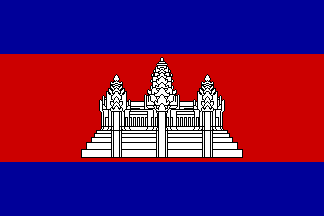
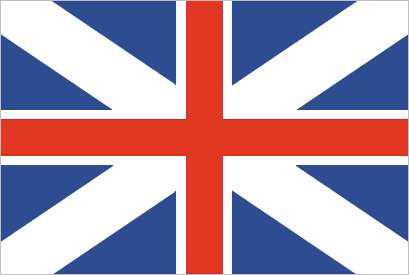 ភាសាអង់គ្លេស
ភាសាអង់គ្លេស



